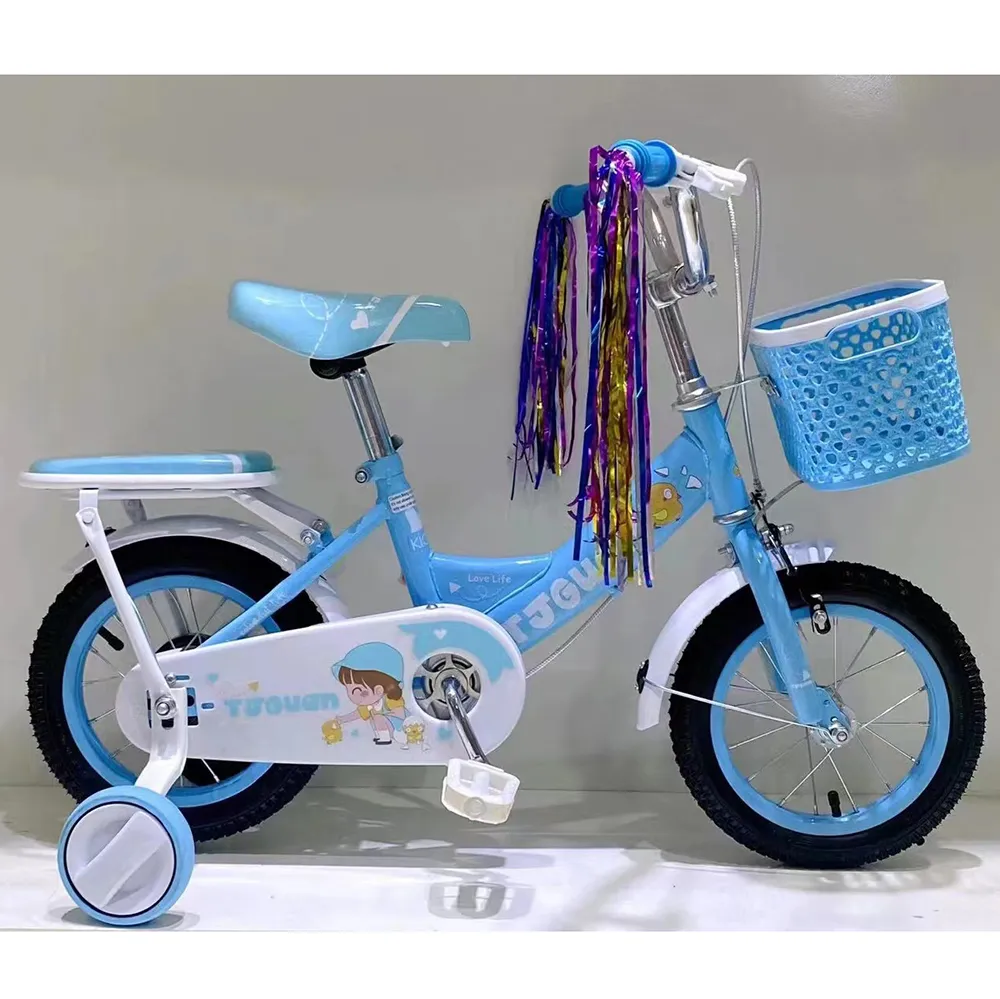Best 26 Inch Bikes for Kids to Encourage Outdoor Fun and Adventure This Year
The Perfect Ride Understanding the 26-Inch Bike for Kids
Cycling is not only a fun activity for kids, but it also serves as a fantastic way to encourage physical fitness, coordination, and independence. When choosing a bike for children, one popular size often comes up the 26-inch bike. This bike size is typically suited for older kids, often between the ages of 9 and 12, although the exact fit can depend on a child's height and riding ability. In this article, we will explore the benefits of a 26-inch bike for kids, important features to consider, and tips for ensuring a safe and enjoyable cycling experience.
Why Choose a 26-Inch Bike?
One of the main advantages of a 26-inch bike is its versatility. This bike size strikes a balance between being suitable for trails and pavement, making it perfect for kids who enjoy various riding environments. Whether they're zipping down the sidewalk, exploring a local park, or venturing onto more rugged paths, a 26-inch bike can handle different terrains efficiently.
Additionally, bikes with a 26-inch wheel offer a comfortable riding position that is ideal for older children. As kids grow, they require more legroom and a larger frame to accommodate their size. A 26-inch bike typically has a larger frame height, which means it can offer a longer riding lifespan, making it a more economical choice for parents. Once a child outgrows smaller bike sizes, transitioning to a 26-inch bike allows for continued use without the need for immediate replacement.
Key Features to Consider
When shopping for a 26-inch bike for kids, there are several crucial features to evaluate
1. Frame Material The material of the bike frame can significantly impact its weight and durability. Steel frames are sturdy and can withstand rough use, while aluminum frames are lightweight and easier for kids to handle.
2. Gearing Options Depending on where the bike will be used, the gearing can play a significant role. Bikes with multiple gears make it easier for kids to climb hills and ride faster on flat surfaces.
kids 26 inch bike

3. Brakes Safety is paramount when it comes to kids' bikes. Look for bikes with dependable braking systems. Both rim brakes and disc brakes have their advantages, but disc brakes tend to provide better stopping power in wet conditions.
4. Tires The type of tires fitted on the bike will determine its performance on various surfaces. Knobby tires are great for off-road biking, while smoother tires are suitable for urban settings.
5. Fit and Comfort It is essential that the bike fits the child properly. Kids should be able to stand over the frame comfortably and reach the handlebars and pedals without straining. Many manufacturers design bikes specifically for various height ranges, making it easier to find the right fit.
Ensuring a Safe Riding Experience
Safety should always come first. It's critical for kids to wear a properly fitted helmet whenever they ride. In addition, performing routine maintenance checks on the bike can ensure everything is functioning correctly. Checking tire pressure, brake response, and wheel alignment helps prevent accidents caused by mechanical failure.
Parents should also encourage beginners to practice in safe, open areas with minimal traffic until they gain confidence in their riding abilities. Teaching kids about traffic rules and safe biking practices goes a long way in ensuring they enjoy cycling while staying safe.
Conclusion
A 26-inch bike can be an excellent investment for kids who are ready to take their cycling to the next level. Its versatility, appropriate sizing for growing children, and various features make it a popular choice. By ensuring proper fit, safety gear, and maintenance, parents can help foster a love for cycling that encourages physical activity and independence in their children. Ultimately, the right bike can lead to countless memorable outdoor adventures, enhancing a child's childhood experience.
-
The Perfect Baby TricycleNewsAug.11,2025
-
Ride into Fun with Bikes for KidsNewsAug.11,2025
-
Ride into Adventure with the Perfect Kids Balance BikeNewsAug.11,2025
-
Fun and Safe Riding with the Best Childrens ScootersNewsAug.11,2025
-
Find the Perfect Childrens Bike for Your Little OneNewsAug.11,2025
-
Explore the Best Baby Tricycles for Your Little OneNewsAug.11,2025
-
Three-Wheel Light-Up Scooter Benefits for KidsNewsJul.11,2025








